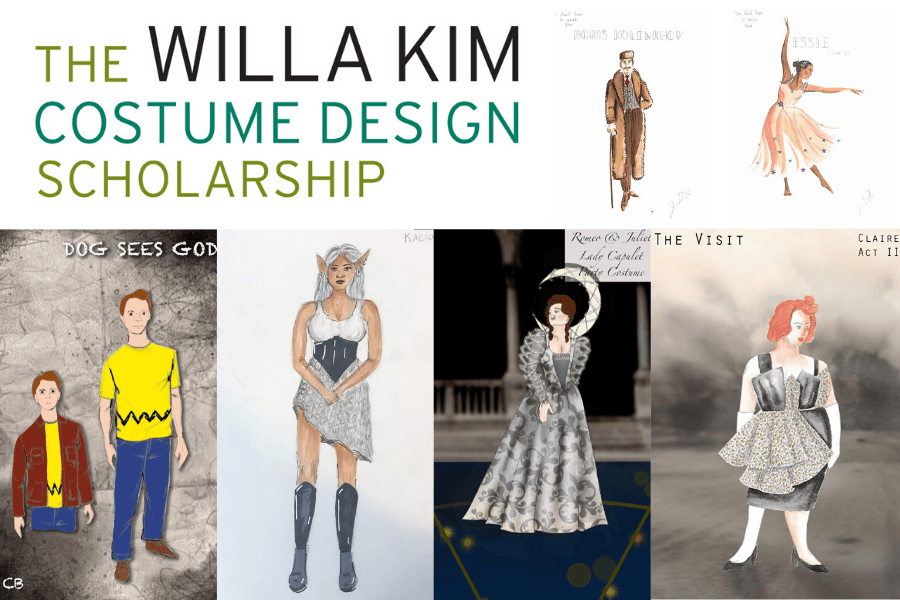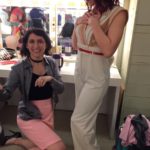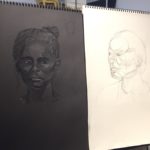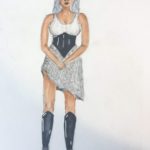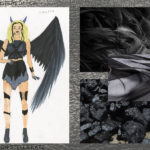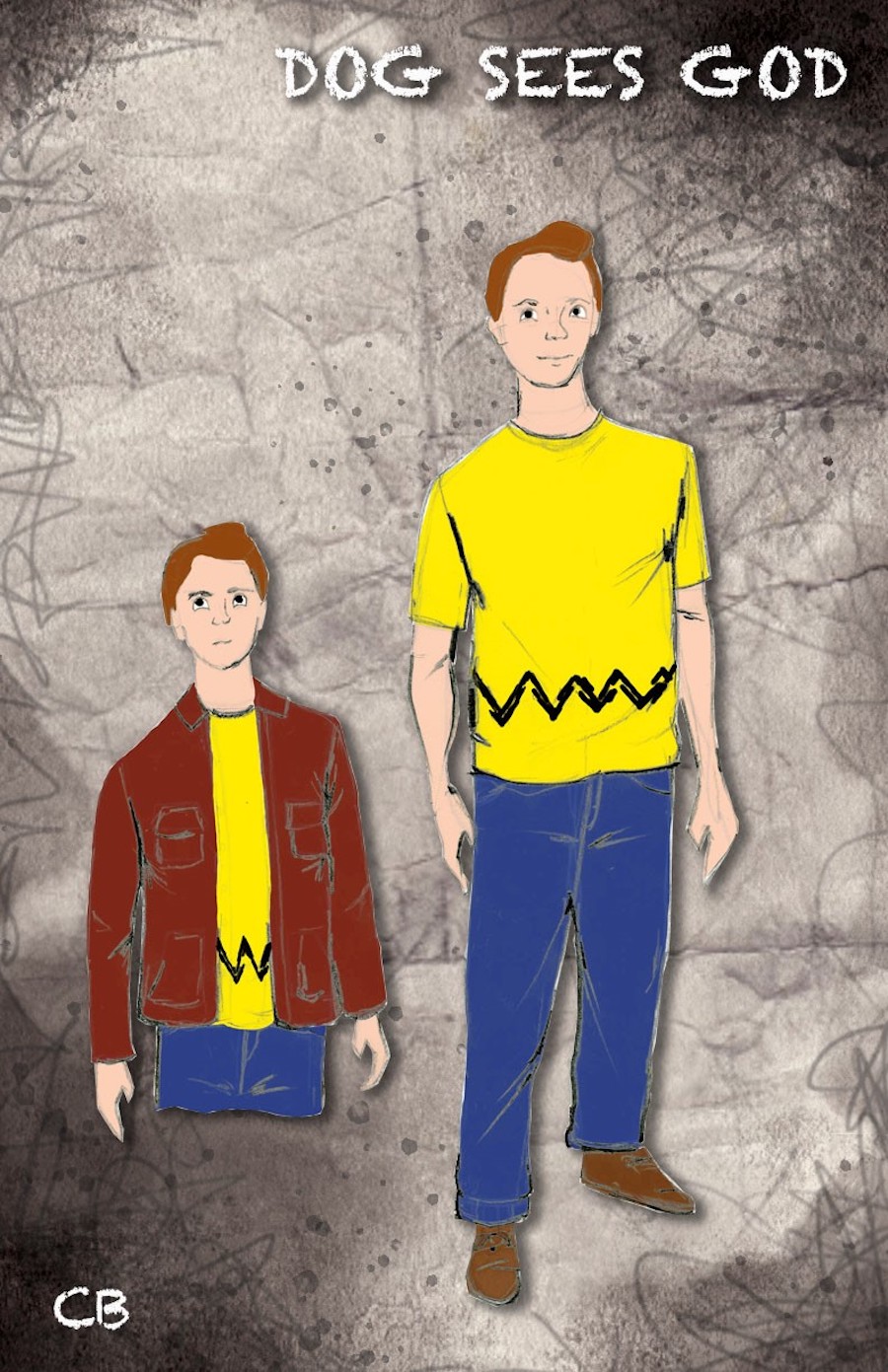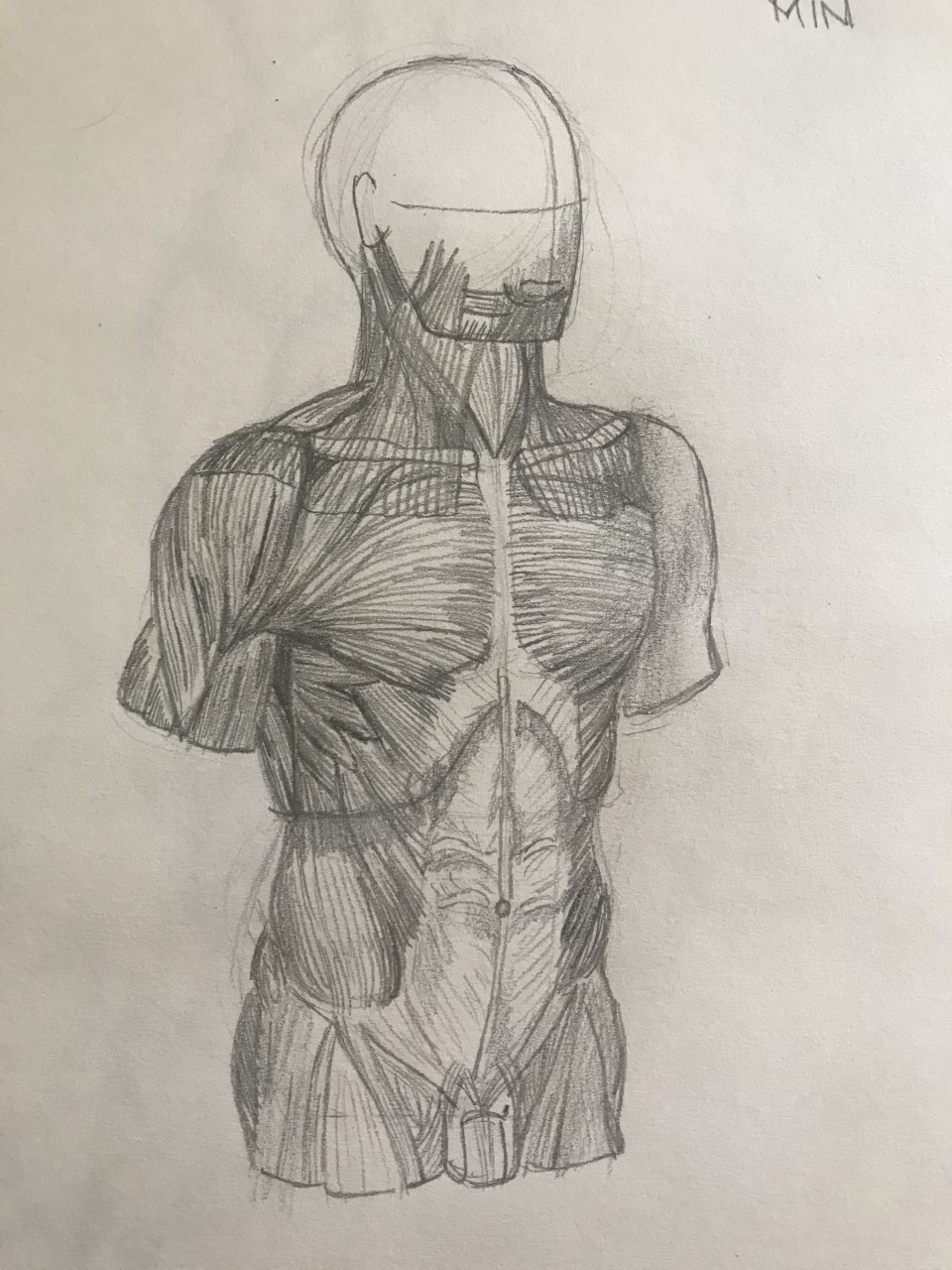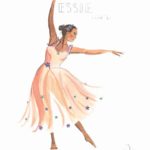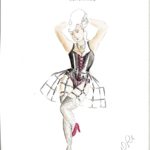The Willa Kim Costume Design Scholarship recipients are using every color of the palette. While semesters are wrapping up, and summer theatre productions are on hold, these emerging costume designers are brushing up on their skills—literally. The scholarship, named in honor of the influential late costume designer, gives design students the opportunity to enroll in painting and drawing classes to supplement their technical courses. Kim, a champion of the next generation of costumers, always encouraged designers to hone their graphic and studio skills to successfully communicate artistic vision to collaborators.
The scholarship, administered by Theatre Communications Group and supported through the Willa Kim estate, awards each recipient up to $7,500 that can be used toward tuition and registration fees, travel, or supplies to non-credit courses. From Zoom figure-drawing classes to textile drawing, from digital rendering to watercolor painting, the first two rounds of Kim recipients have found new depth in their costume design renderings—not to mention a therapeutic pastime to stay creative while stuck indoors during the pandemic.
Victoria Nicolette Gist was putting the final touches on costumes for a production of Romeo & Juliet at the University of Houston, where she’s currently pursuing an MFA in costume design, when the school shut down because of the pandemic. “I was looking forward to doing Romeo & Juliet because it was really spectacular,” she effuses. “It was largely a historically based silhouette, but we were having some really wonderful moments with some of the more spectacular scenes, like the party scene.”
While the world is on pause, she’s shifted her creative energy from the sewing machine to a watercolor palette. As part of her Willa Kim Scholarship, Gist has been dabbling in water-based art techniques and figure-drawing classes at the Art League Houston.
“I’m very structural, so being able to let go a little bit with the watercolor was a challenge,” concedes Gist. “My other classes were around structure and anatomy. I took an intermediate drawing class, which was basically charcoal and graphite, and then moved into the fundamentals of portraiture class. That had an immediate reaction on my rendering style—just being able to find the depth more easily and making more three-dimensional characters for my renderings.”
For Gist, having these classes and techniques to focus on during the shutdown has been a remedy for anxiety. It is also reaffirmation that she’s following the right path. “I like to look at the universe like a puzzle, and my puzzle pieces weren’t really fitting on the acting side,” says Gist, who studied both acting and costume design for undergrad at Baylor University. “I didn’t really enjoy it anymore when it wasn’t educational, but I still really loved costume design. I loved clothing and textiles the way they told history and gave insight into character.”
She’s found that in the studio, students often maroon themselves into a corner and quietly work, but on Zoom classes, there is more of a conversation about technique with instructors. In a time when technology is providing shortcuts for costume designers—with digital rendering software and the use of collaging instead of hand drawing sketches—her classes through the scholarship have reminded her about the true art form of costume designing.
“Getting to learn more about Willa Kim and her love of just the art form itself and the importance of being able to, whether it’s quick or not, communicate your vision to a director and to a creative team through the brush strokes or through watercolor, has been really inspiring,” says Gist. “It’s nice to be able to remind yourself as a costume designer that while your job is to get it done, you are an artist as well. I definitely gained a lot of confidence in channeling my inner Willa Kim in that way.”
Stella Katz, a recent graduate of the State University of New Paltz, has also been busy drawing. As part of her Willa Kim Scholarship, Katz has supplemented her college program—theatre arts design and technology—with figure drawing and textile drawing classes at Marist College in Poughkeepsie, N.Y. and at the Art Students League of New York in New York City.
“Through TCG, I have been able to focus on my drawing skills—sketching and learning how to communicate my designs,” says Katz, who is currently sheltering with family in Gardiner, N.Y. “I have been doing so much more drawing than I’ve ever done before, and I am so excited to draw all the time.”
One of the semester-long courses taught her how to draw six-foot-tall figures, which has helped her master scaled-down fashion drawings. She also learned how to draw textiles—everything from houndstooth to plaid to fur to leather. She plans to take one more class with the scholarship funds, Photoshop for fashion design, which she hopes to be able to do in person.
Just before the shutdown, Katz was thrilled to have the opportunity to stage her senior capstone project, Qui Nguyen’s She Kills Monsters at the State University of New Paltz. “It was amazing to do something with fantasy, which was really out of my comfort zone,” she says, noting that the costume design for the production was sustainably sourced and used upcycled materials.
Sustainability is a tenet of Katz’s work as a textile designer. Now that theatre is on pause, Katz has more time to focus on her sustainable fashion brand, Giddy.ny, which uses fabrics and materials from recycling centers and nonprofits for textile waste. “It’s been kind of exciting because I’ve had time to revamp it,” she says. “I just got a printer for my labels, so I’m stepping up! I’m doing a line of tote bags and backpacks with matching masks. I’ll be donating the proceeds.”
She’s also been busy making and donating masks—500 and counting—to farm workers, retirement homes, special-needs organizations, and independent living programs. She’s been putting her new drawing skills to use with a series of fashion sketches depicting essential workers’ outfits. The proceeds from prints sold will benefit undocumented workers and people with incarcerated family members. “I deeply care about social justice, so I think for me, it really matters to keep that involved in my brand, not only in times of crisis like this,” she says.
Regan McKay, who just completed her first year in the MFA in costume design at San Diego State University, has been busying herself researching environmental ethics and eco-friendly design this summer. “I’ve had an amazing experience over this first year, and a huge part of that has been because of the Willa Kim Scholarship and being able to fund extra art classes to grow my skills,” she says.
For her part, McKay has taken two courses as part of the scholarship so far: a painting class with watercolor pastels, painting graphite, and charcoal—“we did everything from apples to the human form”—and a live model drawing class. (The latter doesn’t pass Zoom regulations, so the students have taken to drawing from anatomical and muscular systems maps.)
Remote learning also posed challenges for her design courses this semester at San Diego State University, especially with a fabric dyeing class. Without dye vats at home, students learned to naturally dye textiles with avocado pits and onions skins. “That was an adventure,” says McKay with a laugh.
Tools such as industrial sewing machines, surgers, and flip-top desks for sketching are some of the materials that students are usually able to use at the school when it’s open. With art supplies stores also closed, this remote semester has taught many lessons in conserving materials and getting creative with tools on hand. McKay was grateful to be able to use funds from the Willa Kim Design Scholarship toward supplies for those courses. “I’m able to put my entire energy into learning and not have to worry about any of those extraneous things.”
McKay most recently designed costumes for Dog Sees God at the university, which made it to the stage just before the mandated shutdown. “It was one of the first times where I had to produce a full set of renderings, which I had never really done on a large scale before,” says McKay excitedly. “Through the scholarship I had the opportunity to explore all these mediums and all these different art styles, and so I got really creative. I rendered the entire thing in a cartoon-style digitally, which was super fun. It was something I’d never tried before, and I loved it.”
And while the next semester and future stage productions are up in the air, McKay is thankful to be able to connect with the other Willa Kim Design Scholarship recipients through calls with TCG to talk about the industry. The recipients also convened as part of TCG’s digital conference earlier this month. “I felt more connected to my peers and other people in this industry, especially in costume design, than I ever had previously,” says McKay. “And that, I think, was definitely necessary for me to feel fulfilled as an artist and as a person in this time where we’re all sitting at home.”
It was a homemade Cogsworth costume for a middle school production of Beauty and the Beast that set JeAnna DiPaolo’s path toward becoming a costume designer. “My mom and I actually made that costume together,” DiPaolo recalls. “That’s kind of what got me started, because I realized I much preferred making the costumes than actually being onstage. So in high school, I became the costume person for basically every show.”
DiPaolo is pursuing a BFA in costume design and technology at SUNY Purchase, where she assisted on a production of Tony Kushner’s A Bright Room Called Day this past semester. “The updated version—the one that includes Donald Trump,” clarifies DiPaolo. “That was a big undertaking!”
DiPaolo is the sole member of the second cohort of Willa Kim Design Scholarship, which was just announced, so she has not yet enrolled in any supplemental courses. But as the fall semester approaches, and its likelihood of being virtual increases, she looks to a bright spot: She plans to put some of the scholarship funds toward an iPad so that she can complete a virtual course on digital rendering and practice her skills at home. “A lot of the costume designers that came to speak at my school this last semester kept pushing the idea that we should really learn digital rendering,” she says. “It’s pretty cool.”
And while remote learning wasn’t the easiest—DiPaolo’s class load also included fabric dyeing—the Zoom platform has proved useful for connecting with her classmates. “My program set up a weekly sewing club,” says DiPaolo, noting that her makeshift at-home studio luckily includes a sewing machine and a dress form. “Our shop supervisor leads it, and we actually got the school to fund it a little bit.” Some students are making summer dresses, and one is even building a 19th-century cycling outfit. DiPaolo is excited to be making a Hawaiian shirt.
The summer months in upstate New York with family will be much different from DiPaolo’s experience last summer interning in New York City with costume designers Ann Hould-Ward and Paloma Young. “It’s about pushing myself at this point, because all the other external forces of motivation have kind of gone to the wayside,” she says. “It’s about pushing myself to do the research and to keep drawing and keep practicing. The resources of this scholarship have offered me to do that, which I think is really amazing.”
Looking ahead at an unclear future, with visions of a more sustainable field, these emerging designers are casting a wide net—one that may include more TV and film work than theatre gigs for a while. But they’re taking stock of the kind of work they want to dive into on the other side of the pandemic, what sort of mediums they want to explore, and improving their rendering skills.
“It’s going to be a brave new world,” says Gist of the post-pandemic theatre industry. “I’m really excited for whatever art we can put out once we get out there…I’m so grateful to TCG and Willa Kim for allowing us this opportunity. Being a part of the inaugural class of recipients was a really amazing achievement, and it’s something that is always going to be a big part of my story now as a designer.”
TCG is will be accepting applications for the next round of the Willa Kim Design Scholarship in the fall. Interested students can subscribe here for updates on TCG grant programs and deadlines.
Dog Sees God, produced by San Diego State University; direction: Dr. Katie Turner and Eden Hildebrand; scenic design by Reiko Huffman; costume design by Regan A. McKay; lighting design by Kana Tamura; projection design by Adam Parrocha; and

